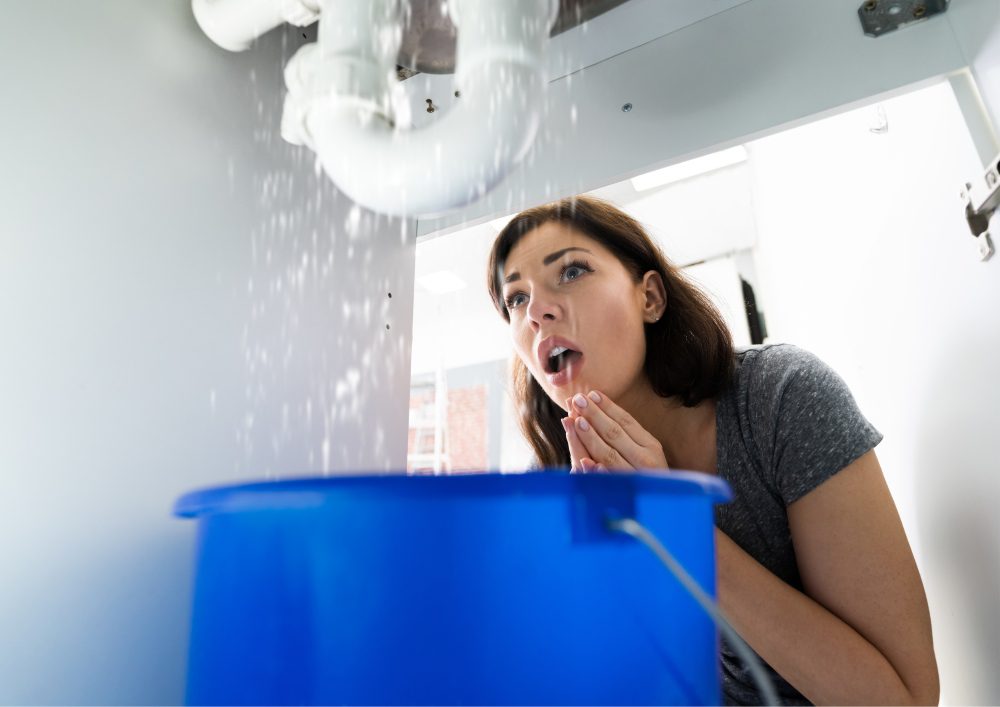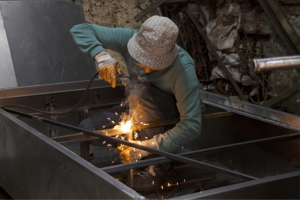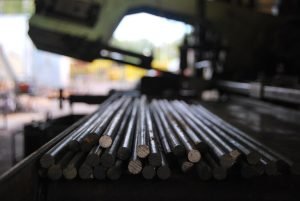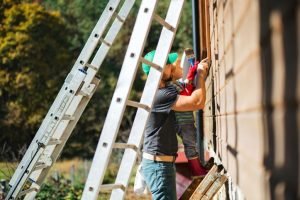Last Updated on October 21, 2025 by teamobn
The importance of maintaining a robust plumbing system cannot be overstated. It’s an integral part of every household, serving as the backbone for all water-related activities, from showering to washing dishes. A well-maintained plumbing system ensures the smooth running of daily tasks, contributes to the safety and comfort of a home, and protects against structural damage.
Contents
Common Plumbing Red Flags You Should Never Ignore
By regularly checking and servicing their plumbing systems, homeowners can catch problems early, mitigating potential issues before they escalate into costly repairs. This article aims to equip homeowners with the knowledge to spot common plumbing red flags, encouraging ongoing vigilance and regular check-ups to ensure a healthy home plumbing system.
Leaky Faucets and Pipes
Leaky faucets are more than just an annoyance, often characterised by that persistent drip, drip, drip that can haunt even the quietest of nights. While a gentle drip may not seem urgent, it’s essential to address it promptly. Constant dripping not only wastes water but also contributes to unnecessarily high water bills. Moreover, the continuous flow can lead to moisture buildup, which might encourage mould growth or cause further damage to surrounding fixtures or surfaces.
Neglecting leaky pipes can lead to more extensive damage over time. Leaks within walls or floors can go unnoticed for extended periods, potentially leading to structural damage or fostering environments where pests might thrive. To identify hidden leaks, homeowners should look for tell-tale signs such as water stains on walls or ceilings, unusual musty smells, or an unexpected increase in water bills.
If a leak is detected, the first step is to shut off the water supply to prevent further water loss. Assessing the visible damage can provide clues about the severity of the problem. For leaky faucets, a simple washer replacement might do the trick. However, if the leak is in a pipe or hidden location, calling a professional plumber is advisable to ensure a thorough and effective repair.
Low Water Pressure
Low water pressure can be a vexing issue, often causing frustration during daily activities like showering or washing. It’s typically characterised by a noticeable decrease in water flow from taps or showerheads. Common causes include build-up within pipes, leaks, or faulty fixtures. Sometimes, the water pressure regulator might need adjustment, or there could be an issue with the municipal water supply.
Low water pressure can be indicative of more significant underlying issues. For instance, build-ups may suggest mineral deposits or corrosion within pipes, which can lead to further blockages or even pipe failure if not addressed. Checking the home’s aerators and showerheads for sediment build-up is a simple diagnostic step. Another suggestion is to evaluate all faucets throughout the home to determine if the low pressure is isolated to a specific area or affects the entire system.
Solutions for low water pressure can range from cleaning aerators to replacing ageing pipes. If the problem seems beyond a DIY fix, seeking professional help is important. A licensed plumber can accurately diagnose the issue and provide the necessary repairs or adjustments required.
Slow or Clogged Drains
Slow or clogged drains are a common nuisance that every homeowner eventually encounters. Such issues are typically caused by hair, grease, soap build-up, or foreign objects lodged within the pipes. Early signs include water pooling around a drain, slower drainage speeds, or unpleasant odours forming due to the accumulation of debris or bacteria.
While reaching for chemical drain cleaners might be tempting, these solutions can damage pipes over time due to their corrosive nature. Instead, homeowners are encouraged to try natural remedies, like using a combination of baking soda and vinegar. This not only helps clear clogs but also minimises environmental impact. A plunger or plumber’s snake can also be useful for more stubborn clogs.
However, if the issue persists despite attempts to clear it, it could indicate a more severe blockage or a problem further down the pipeline. In such cases, professional intervention may be necessary to prevent the situation from worsening.
Unpleasant Odours from Plumbing Fixtures
Bad smells from plumbing fixtures can make even the most pristine home uncomfortable. Various factors can cause unpleasant odours, often from trapped debris within pipes or dry P-traps (often under sinks) that allow sewer gases to escape. Blocked vents can also prevent sewer gases from properly exiting through the roof, causing them to escape into the home instead.
Homeowners should begin by identifying the source of the odour. Running water helps rehydrate P-traps, preventing sewer gases from seeping in. Regularly cleaning drains will help address any trapped bacteria and debris. Checking for any obstructions, such as leaves or nests, can be beneficial for roof vents.
If the smell persists or is accompanied by other troubling signs, such as slow drainage or water backups, this might indicate serious plumbing faults. In such scenarios, consultation with a professional plumber is crucial, as these issues might require more extensive repairs or replacements.
Unusually High Water Bills
A sudden spike in water bills can be alarming, often hinting at hidden plumbing issues. If there are no visible leaks or changes in water usage patterns, then more insidious problems might be at play. Common culprits include hidden leaks within walls, under floors, or even in outdoor plumbing systems.
Monitoring water usage can help identify unexpected changes over time. Keeping a close eye on water meters for indications of leaks is also clever. For homeowners suspecting a leak, shutting off all water and observing the meter can highlight issues; if the meter continues to move, a hidden leak is likely present.
Conducting preliminary checks, like inspecting taps, toilets, and exposed pipes for any moisture or constant running can help localise problems. Nonetheless, regular inspections and maintenance are crucial to preventing unexpected water bill surges, ensuring both efficient water usage and cost savings over time.
Conclusion
Understanding common plumbing red flags is vital for homeowners aiming to maintain their home’s integrity and prevent costly repairs. Being vigilant and addressing issues promptly, such as leaky faucets or low water pressure, can prevent them from developing into more significant problems.
Through early detection and timely repairs, homeowners can steer clear of much of the extensive damage and expenses that stem from neglected plumbing systems. Staying proactive in maintaining one’s plumbing network, including consulting professional plumbers for regular inspections, solidifies long-term reliability and efficiency, ensuring peace of mind.
Each plumbing system’s nuances require attention to detail, and while DIY solutions can be beneficial, professional input ensures optimal performance and safety.
In short, while the occasional squeak or drip might be shrugged off, recognising these common indicators and acting promptly can mean the difference between a quick fix and an emergency call-out. So, don’t delay; monitor those plumbing quirks and keep your home running smoothly! One might even say—knowledge is power. In this case, it’s the power to avoid potential plumbing emergencies explained in comprehensive terms, saving both time and resources in the long run.






